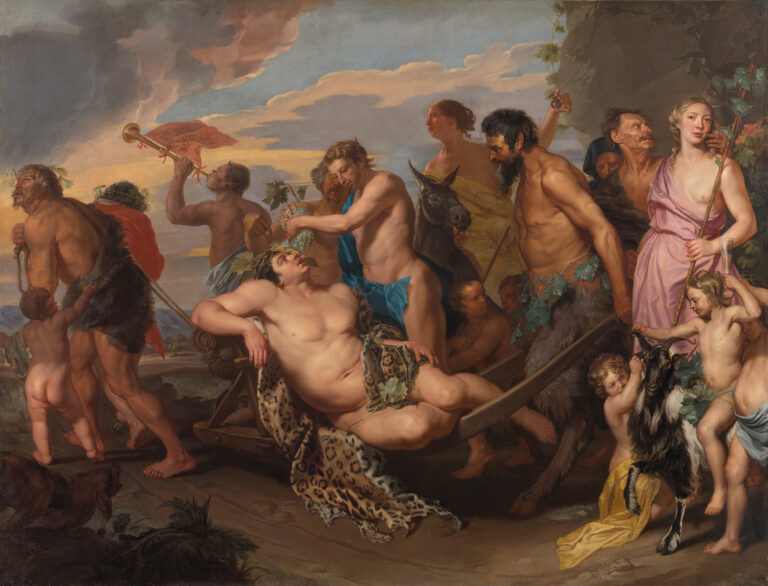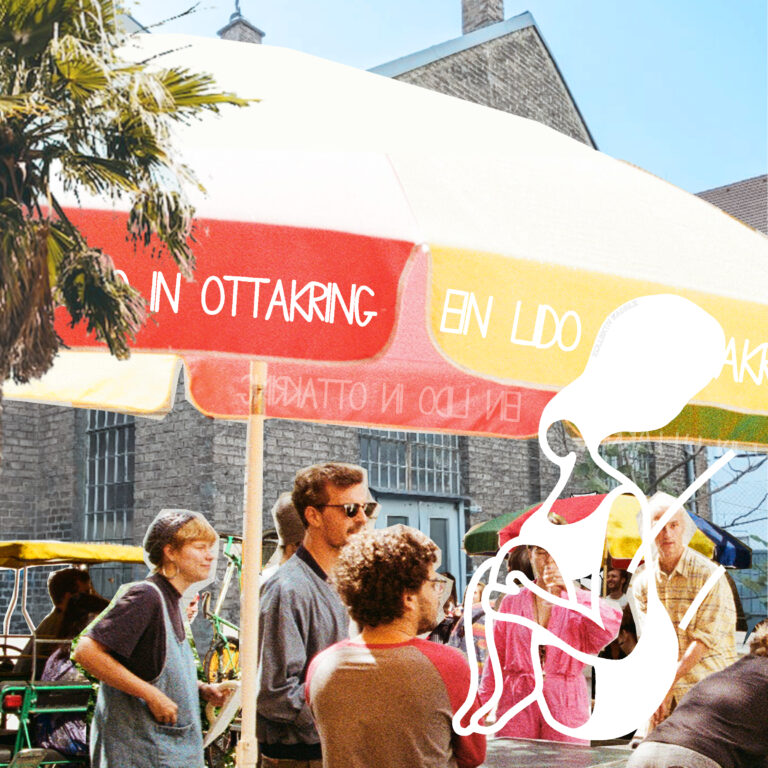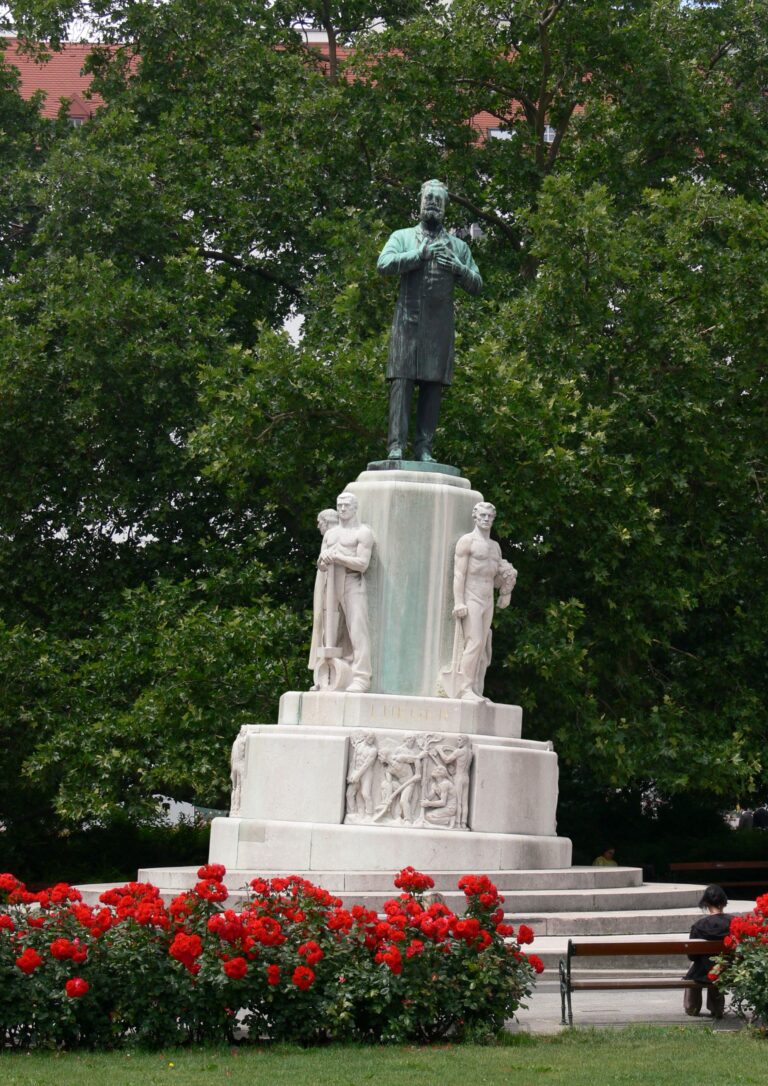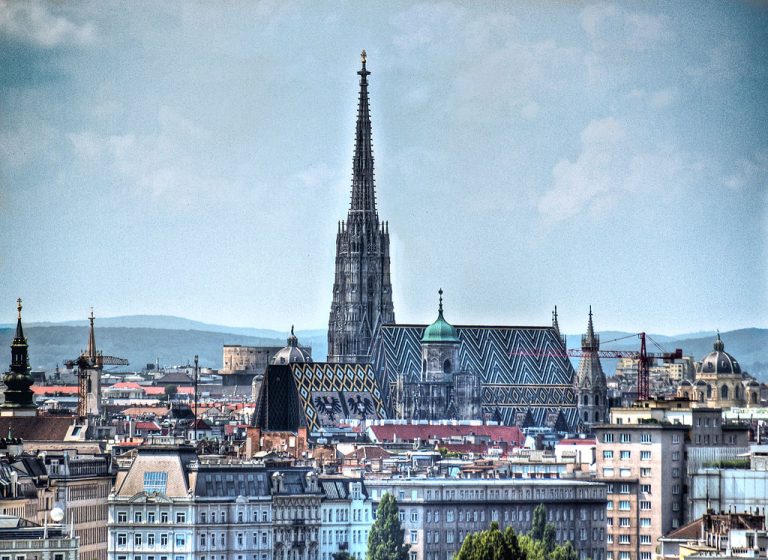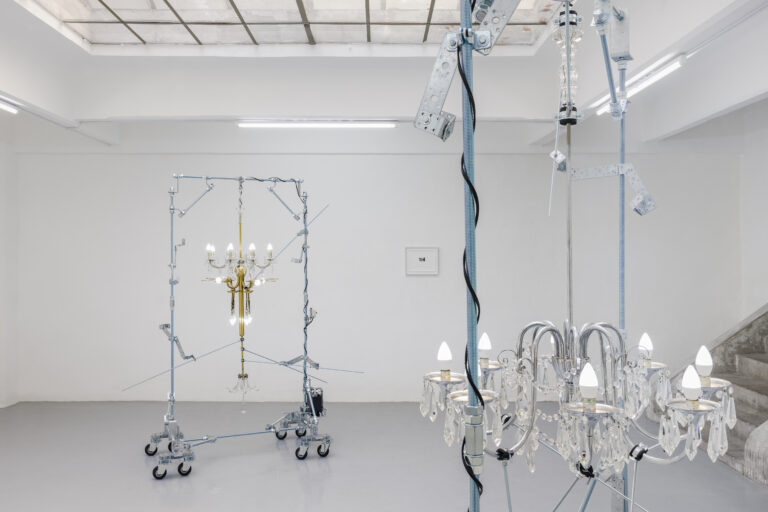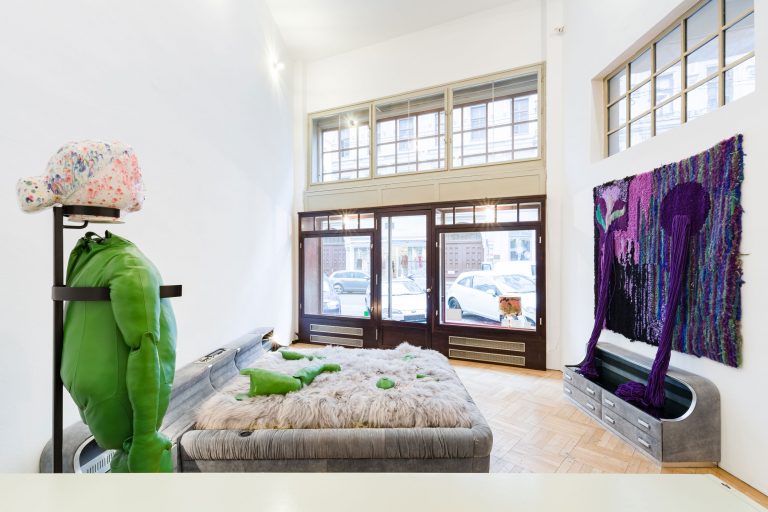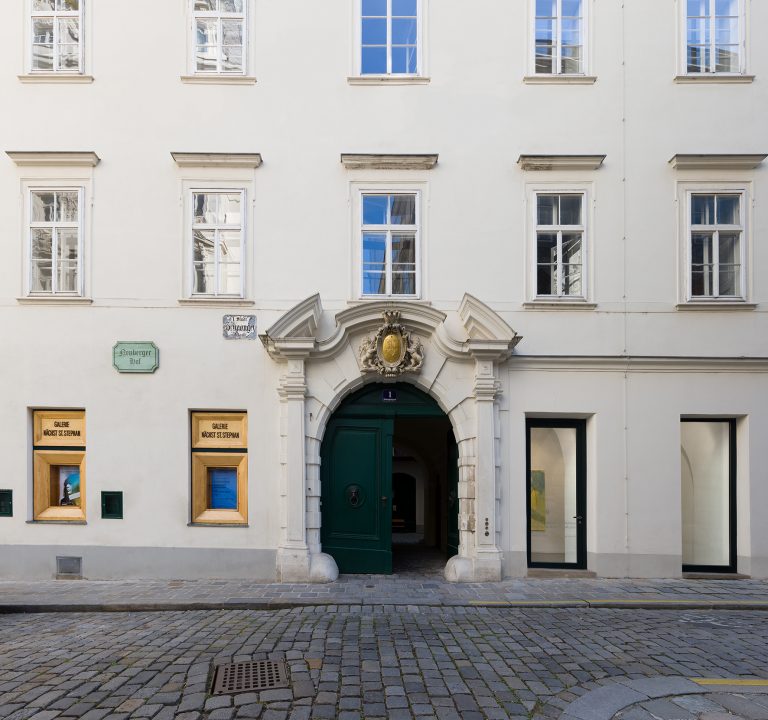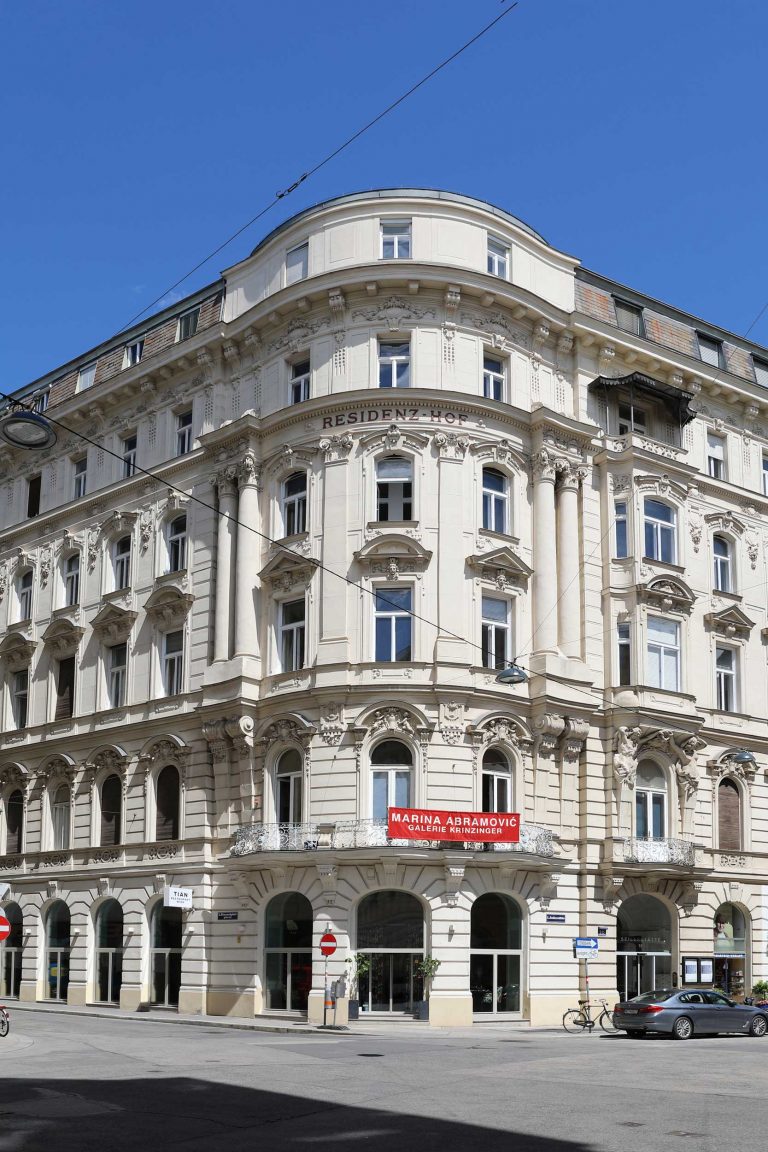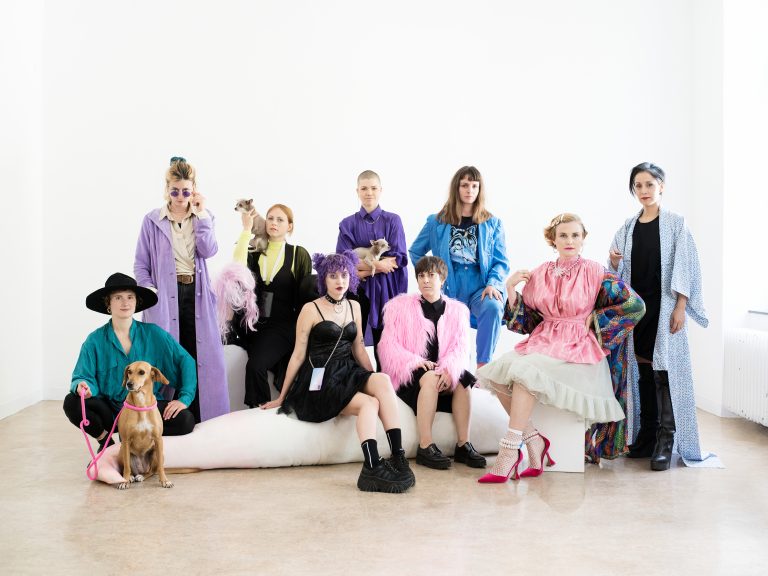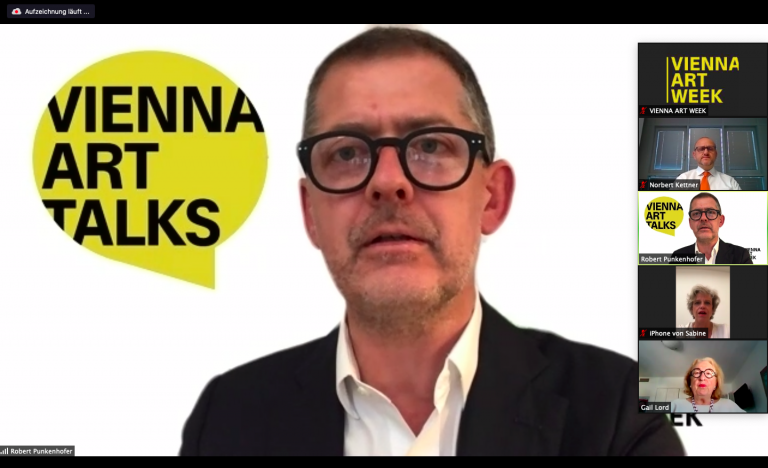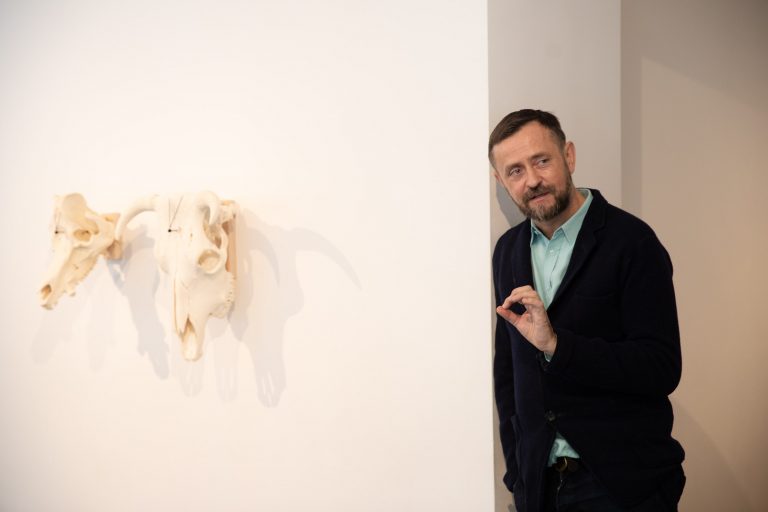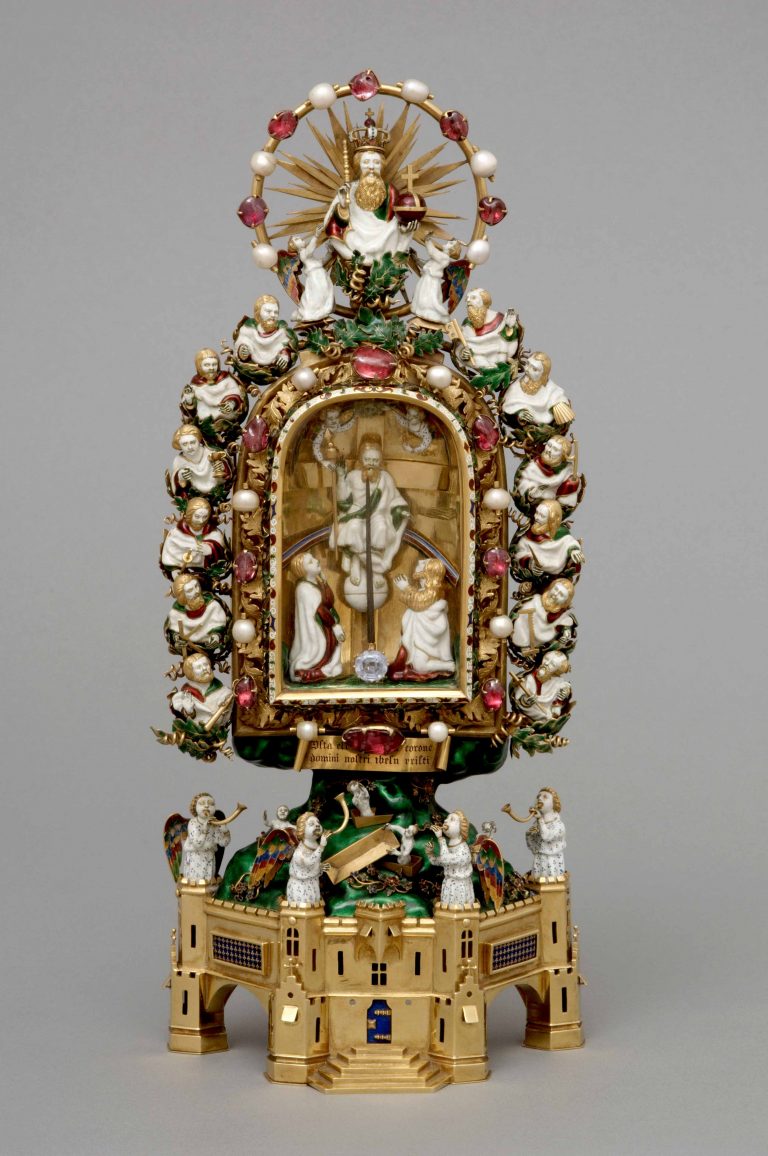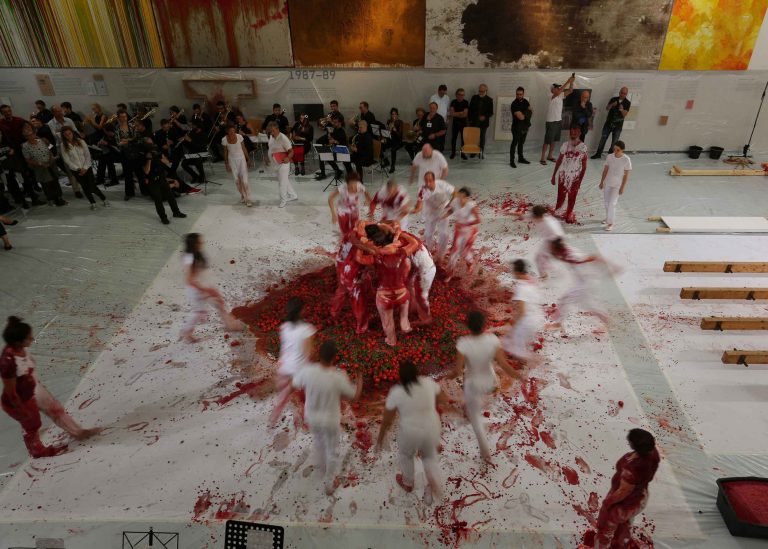PART x Praterateliers – Translating Art into Monumental Spaces
Hidden Gem Surrounded by Nature: The historic Praterateliers shine in new glory after extensive renovation, and open their doors for the first time to international artist residencies. A text by Sabine B. Vogel.
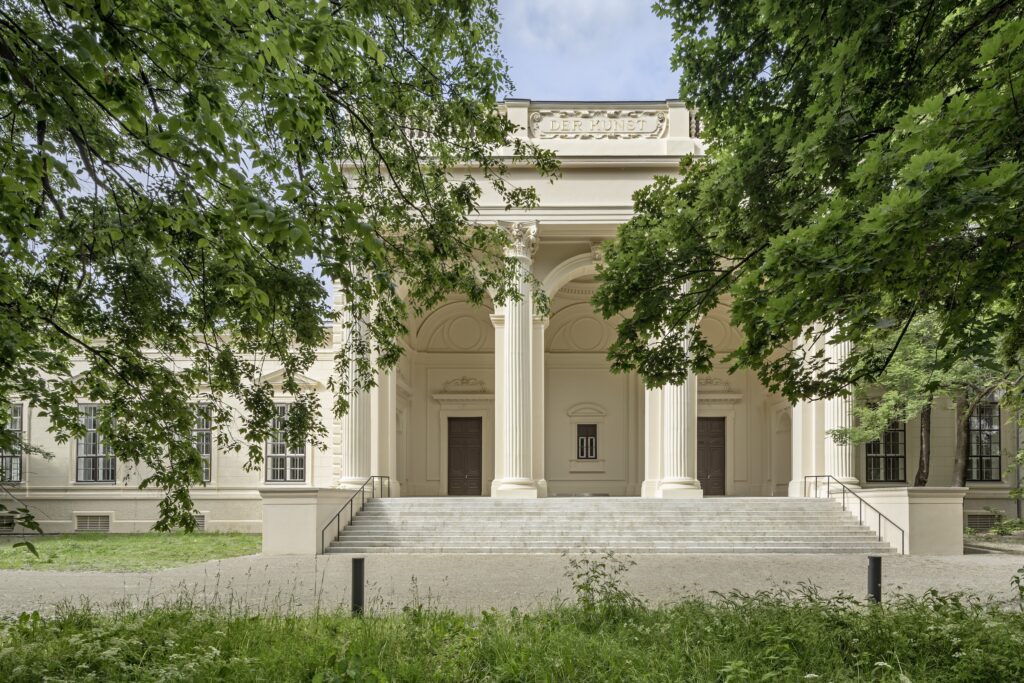
PART x Praterateliers © Hertha Hurnaus
Surrounded by dense bushes and tall trees, a roughly 2.4-hectare area has been lying dormant in the middle of Vienna for decades. Directly opposite the Ernst Happel Stadium, bordered by the still-active trotting track and, more recently, squeezed in by a new luxury apartment tower, artist studios are hidden in this green oasis. Not just any studios, but magnificent, temple-like pavilions designed by Ringstrasse architect Carl Hasenauer.
Originally built for the 1873 World’s Fair, the remaining north and south pavilions were repurposed as studios by Emperor Franz Joseph I in 1875. Primarily sculptors, often with a monumental ambition, moved in. Anton Hanak, later Alfred Hrdlicka, and also Margarete Hanusch are among the most prominent users who received lifetime rights to the spaces. Fritz Wotruba cultivated agave plants in his garden area that managed to survive. Since 2011, a new generation has moved in; today, fourteen artists work here in the long underheated rooms. Thanks to the initiative of Christian Kosmas Mayer, one of the artists working here, the four enormous plane trees planted for the World’s Fair have been under natural monument protection since 2021.
Now, the hidden gem has been awakened. Last year, a major renovation effort began – a “prestigious undertaking,” as Vice Chancellor Andreas Babler called it at the press conference for “Part x Praterateliers.” And it was a challenge for everyone involved: “I had to move my studio twice,” says Claudia Märzendorfer. Performance artist Peter Kozek had to relocate from the south to the north pavilion. Even for BIG, the owner of this “special property,” as BIG CEO Gerald Beck put it during the press conference, the project was a challenge during ongoing operations.
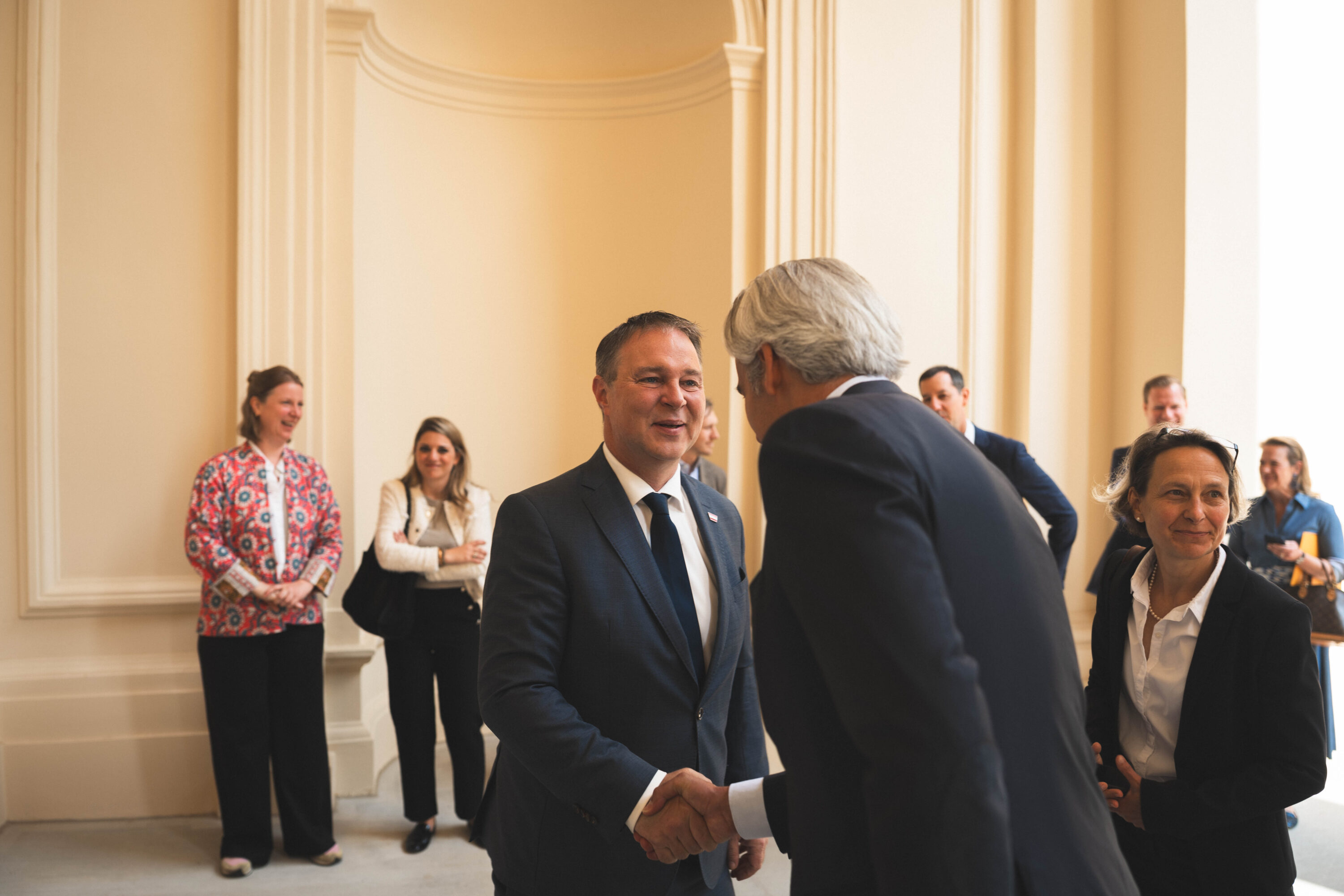
PART x Praterateliers © Elias Fuhrer
In just fourteen months, the buildings were energetically upgraded, water heat pumps and photovoltaic systems were installed, and – unfortunately – the pathways were lit, although the fenced-in area is technically not accessible to the public. But in the south pavilion, the PART project is now underway, inviting guests to take part in international residencies. Under the direction of Alexandra Grausam, artists will live and work in six studios for one to four months, receiving “curatorial guidance,” as it is described. Grausam explained at the press conference that she wants to connect the guests with the local scene and is working closely with local institutions. PART has an annual budget of €300,000, with each guest receiving €1,300 per month. The tall hall is occasionally used for exhibitions and transnational collaborations, but also serves as a rehearsal space for Impulstanz.
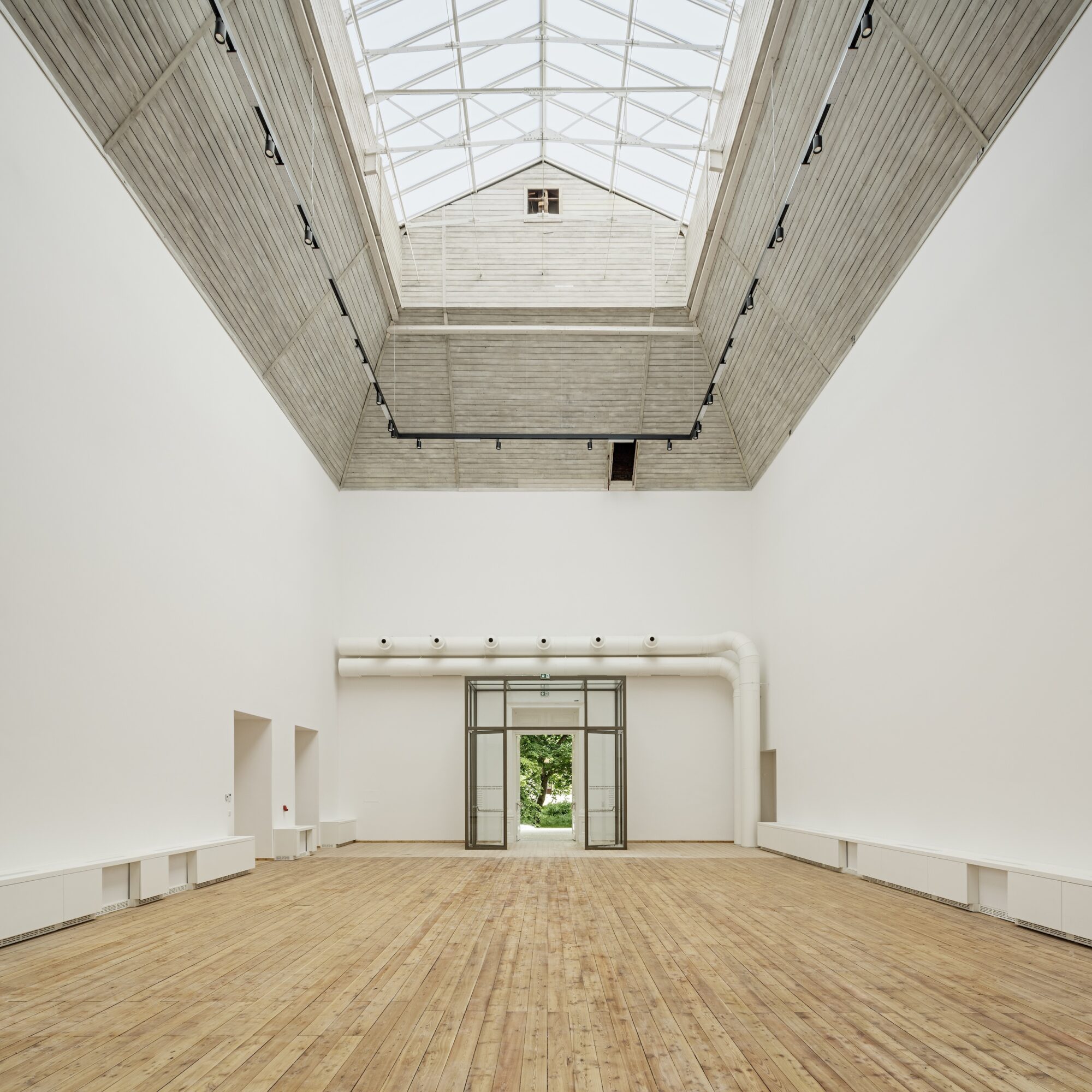
PART x Praterateliers © Hertha Hurnaus
The renovation cost 16 million euros, 15 million of which came from the “Next Generation EU” project (NGEU). This “EU recovery plan” was launched after the COVID-19 pandemic to stimulate the economy and includes around 4 billion euros for Austria, explained Patrick Lobis, head of the European Commission Representation in Austria. The key priorities are climate change, digitalization, healthcare, research, and culture. Among Austria’s 34 projects and 29 reforms are initiatives as diverse as the railway expansion of the Koralmbahn in Carinthia, the renovation of the Vienna Museum of Folk Life and Folk Art, and “kulturpool,” which is receiving 16.5 million euros to digitally archive Austria’s cultural heritage across institutions in text, image, sound, and video.
The total NGEU budget of around 800 billion euros has not yet been fully spent. So far, only 315 billion euros have been disbursed. However, the NGEU program will end in late 2026. By then, all project milestones must be completed. At the Praterateliers, this goal has already been reached with the handover to the artists. Until July 5, 2025, the 7.55-meter-high hall in the South Pavilion is open to the public. On view there is Anna Hulačová’s surreal concrete sculpture group, populated by hybrid beings of human, machine, plant, and microorganism. Born in the Czech Republic in 1984, Hulačová is also the first resident of the PART program.
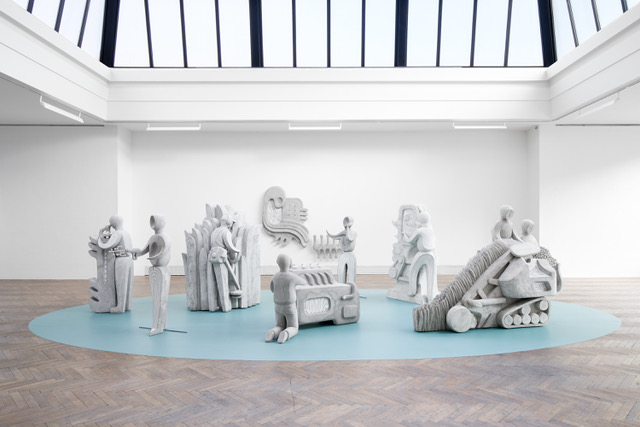
Anna Hulacova, Eating Planet, 2021, House of Arts, Brno, photo by Polina Davydenko, courtesy of the artist, House of Arts, Brno and hunt kastner, Prague

